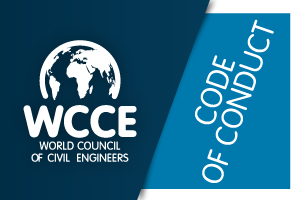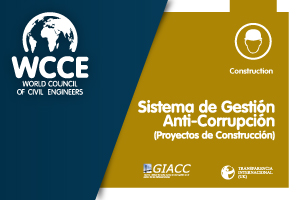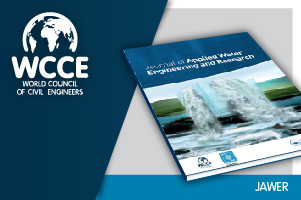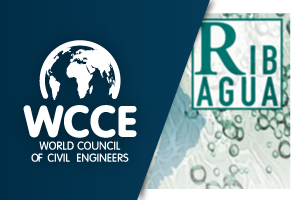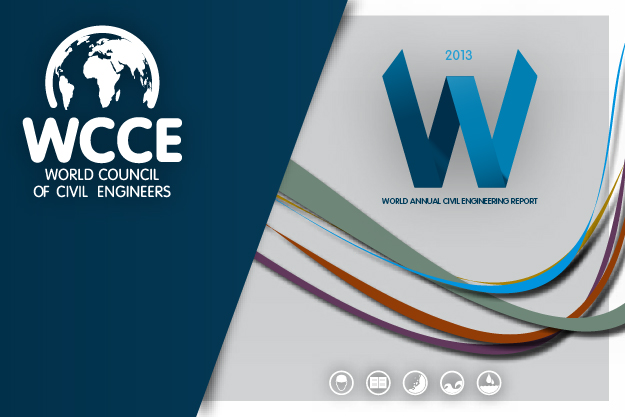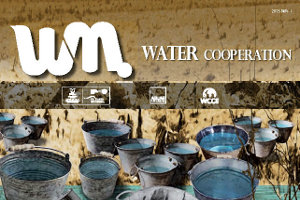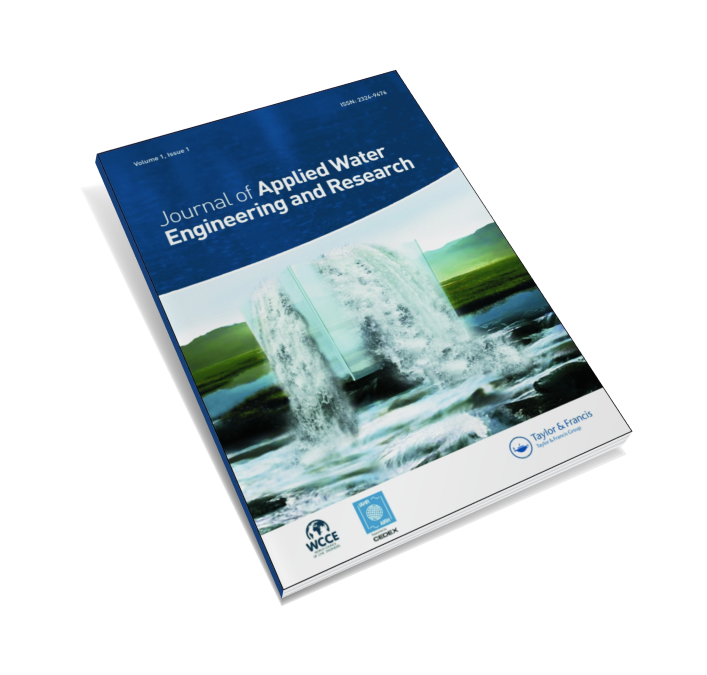
We are proud to introduce the new WCCE initiative, the online Journal of Applied Water Engineering and Research (JAWER) published jointly with the International Association for Hydro-Environment Engineering and Research (IAHR). This peer-reviewed Journal launched in 2013 publishes papers and practical case studies on all aspects of hydro-environment engineering and research. Practically oriented papers and case studies are particularly welcome.
JAWER has been evaluated for inclusion in Scopus by the Content Selection & Advisory Board (CSAB).
Papers cover fluid systems in the hydrosphere, such as rivers, lakes, coastal waters and groundwater within an engineering context, and including hydraulic machinery, hydraulic structures, water supply, treatment and drainage systems. There is a strong interest also in environmental monitoring, catchment hydraulics, water quality and ecohydraulics and their role for climate change studies, flood risk management, desalination, re-use and water security. JAWER also welcomes applications related to integrated water resources management and hydropolicy.
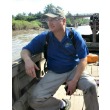 |
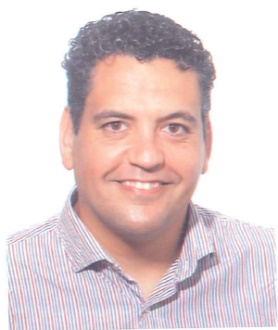 |
Editor-in-ChiefDavid SmithUS Army Corps of Engineers, Engineer Research and Development Center |
Deputy EditorMiguel Ángel Pérez Martín [+]Associate Professor Universitat Politècnica de València Spain |
Four online issues per year. Individual members of IAHR and WCCE can purchase an online subscription to Journal of Applied Water Engineering and Research. Access will be provided via the IAHR and WCCE websites. Recommend that your library subscribes by filling in the form Institutional subscription (Prices are £124 / $198 / €165). For more information, visit the journal homepage: www.tandfonline.com/tjaw
The Editor-in-Chief warmly welcomes your submissions.
To submit your paper to this journal visit the ‘Instructions for Authors’ page at: www.tandfonline.com/tjaw The following types of papers will be considered:
- Original Research Articles
- Technical Reviews or Notes reporting new research
- Invited papers
Journal of Applied Water Engineering and Research considers all manuscripts on the strict condition that they have been submitted only to Journal of Applied Water Engineering and Research , that they have not been published already, nor are they under consideration for publication or in press elsewhere. Authors who fail to adhere to this condition will be charged with all costs which Journal of Applied Water Engineering and Research incurs and their papers will not be published.
Contributions to Journal of Applied Water Engineering and Research must report articles providing directly applicable solutions to water engineering problems, and insight into case studies and practical research and will be subjected to review by referees at the discretion of the Editorial Office.
Please note that Journal of Applied Water Engineering and Research uses CrossCheck™ software to screen papers for unoriginal material. By submitting your paper to Journal of Applied Water Engineering and Research you are agreeing to any necessary originality checks your paper may have to undergo during the peer review and production processes.
This journal is compliant with the Research Councils UK OA policy. Please see the licence options and embargo periods here .
Manuscript preparation
1. General guidelines
- Papers are accepted only in English. British English spelling and punctuation is preferred.
- Please use single quotation marks, except where ‘a quotation is “within” a quotation’.
- A typical article will not exceed 8 pages not including tables/references/figure captions/footnotes/endnotes. Papers that greatly exceed this will be critically reviewed with respect to length. Authors should include a word count with their manuscript.
- Manuscripts should be compiled in the following order: title page; abstract; keywords; main text; acknowledgments; appendixes (as appropriate); references; table(s) with caption(s) (on individual pages); figure caption(s) (as a list).
- Abstracts of 150 words are required for all papers submitted.
- Each paper should have 4 to 6 keywords .
- Search engine optimization (SEO) is a means of making your article more visible to anyone who might be looking for it. Please consult our guidance here .
- Section headings should be concise and numbered sequentially, using a decimal system for subsections.
- All the authors of a paper should include their full names, affiliations, postal addresses, telephone numbers and email addresses on the cover page of the manuscript. One author should be identified as the corresponding author. The affiliations of all named co-authors should be the affiliation where the research was conducted. If any of the named co-authors moves affiliation during the peer review process, the new affiliation can be given as a footnote. Please note that no changes to affiliation can be made after the article is accepted. Please note that the email address of the corresponding author will normally be displayed in the article PDF (depending on the journal style) and the online article.
- Please supply a short biographical note for each author (not more than 100 words).
- For all manuscripts non-discriminatory language is mandatory. Sexist or racist terms should not be used.
- Authors must adhere to SI units . Units are not italicised.
- When using a word which is or is asserted to be a proprietary term or trade mark, authors must use the symbol ® or TM.
- Please supply all details required by any funding and grant-awarding bodies in a separate paragraph.
2. Style guidelines
- Description of the Journal’s article style
- Description of the Journal’s reference style
- Guide to using mathematical symbols and equations
- Word templates are available for this journal. If you are not able to use the template via the links or if you have any other template queries, please contact
This email address is being protected from spambots. You need JavaScript enabled to view it.
3. Figures
- It is in the author's interest to provide the highest quality figure format possible. Please be sure that all imported scanned material is scanned at the appropriate resolution: 1200 dpi for line art, 600 dpi for grayscale and 300 dpi for colour.
- Figures must be saved separate to text. Please do not embed figures in the paper file.
- Files should be saved as one of the following formats: TIFF (tagged image file format), EndNote and should contain all the necessary font information and the source file of the application (e.g. CorelDraw/Mac, CorelDraw/PC).
- All figures must be numbered in the order in which they appear in the paper (e.g. Figure 1, Figure 2). In multi-part figures, each part should be labelled (e.g. Figure 1(a), Figure 1(b)).
- Figure captions must be saved separately, as part of the file containing the complete text of the paper, and numbered correspondingly.
- The filename for a graphic should be descriptive of the graphic, e.g. Figure1, Figure2a.
4. Publication charges
Submission fee
There is no submission fee for Journal of Applied Water Engineering and Research.
Page charges
There are no page charges for Journal of Applied Water Engineering and Research.
Colour charges
Colour figures will be reproduced in colour in the online edition of the journal free of charge.
5. Reproduction of copyright material
As an author, you are required to secure permission to reproduce any proprietary text, illustration, table, or other material, including data, audio, video, film stills, and screenshots, and any supplemental material you propose to submit. This applies to direct reproduction as well as “derivative reproduction” (where you have created a new figure or table which derives substantially from a copyrighted source). The reproduction of short extracts of text, excluding poetry and song lyrics, for the purposes of criticism may be possible without formal permission on the basis that the quotation is reproduced accurately and full attribution is given. For further information and FAQs, please see http://journalauthors.tandf.co.uk/permissions/usingThirdPartyMaterial.asp
6. Supplemental online material
Authors are strongly encouraged to submit their datasets, or animations, movie files, sound files or any additional information for online publication. This will appear in a 'Supplemental Material' tab along with your article when it is published online. For more information on the benefits of submitting supplemental material and what formats and files are acceptable, follow the link below.
Information about supplemental online material
Manuscript submission
All submissions should be made to the editorial office at the Journal of Applied Water Engineering and Research via email. Email:
Authors are encouraged to submit manuscripts electronically. Electronic submissions should be sent as email attachments using a standard word processing program.
Click here for information regarding anonymous peer review
Copyright and authors’ rights
It is a condition of publication that all contributing authors grant to IAHR and WCCE the necessary rights to the copyright in all articles submitted to the Journal, which is published for IAHR and WCCE by Taylor & Francis. Authors are required to sign an Article Publishing Agreement to facilitate this. This will ensure the widest dissemination and protection against copyright infringement of articles. The “article” is defined as comprising the final, definitive, and citable Version of Scholarly Record, and includes: ( a ) the accepted manuscript in its final and revised form, including the text, abstract, and all accompanying tables, illustrations, data; and ( b ) any supplemental material. Copyright policy is explained in detail at http://journalauthors.tandf.co.uk/permissions/reusingOwnWork.asp .
Free article access
As an author, you will receive free access to your article on Taylor & Francis Online. You will be given access to the My authored works section of Taylor & Francis Online, which shows you all your published articles. You can easily view, read, and download your published articles from there. In addition, if someone has cited your article, you will be able to see this information. We are committed to promoting and increasing the visibility of your article and have provided guidance on how you can help . Also within My authored works , author eprints allow you as an author to quickly and easily give anyone free access to the electronic version of your article so that your friends and contacts can read and download your published article for free. This applies to all authors (not just the corresponding author).
Reprints and journal copies
Article reprints can be ordered through Rightslink® when you receive your proofs. If you have any queries about reprints, please contact the Taylor & Francis Author Services team at
Open access
Taylor & Francis Open Select provides authors or their research sponsors and funders with the option of paying a publishing fee and thereby making an article permanently available for free online access – open access – immediately on publication to anyone, anywhere, at any time. This option is made available once an article has been accepted in peer review.


